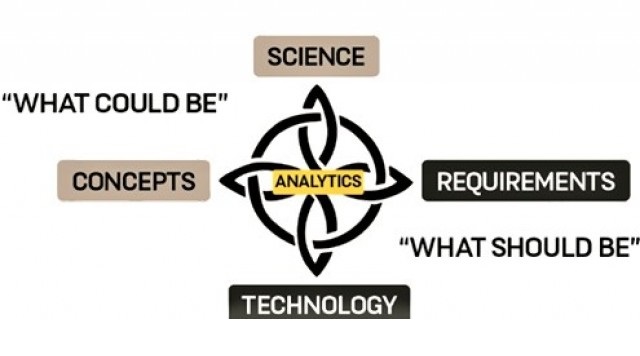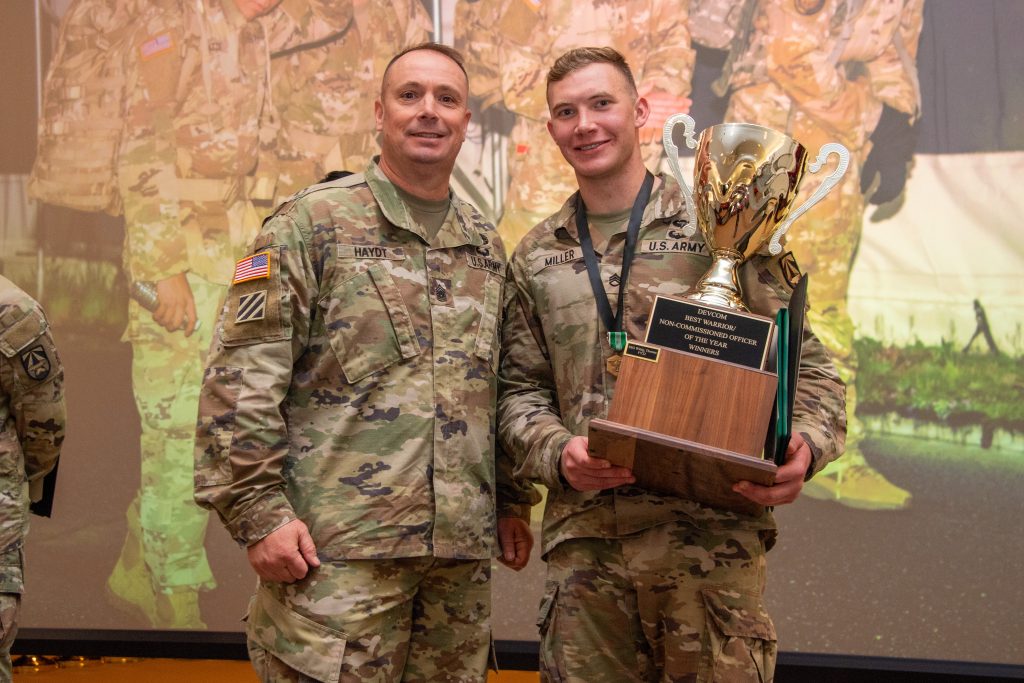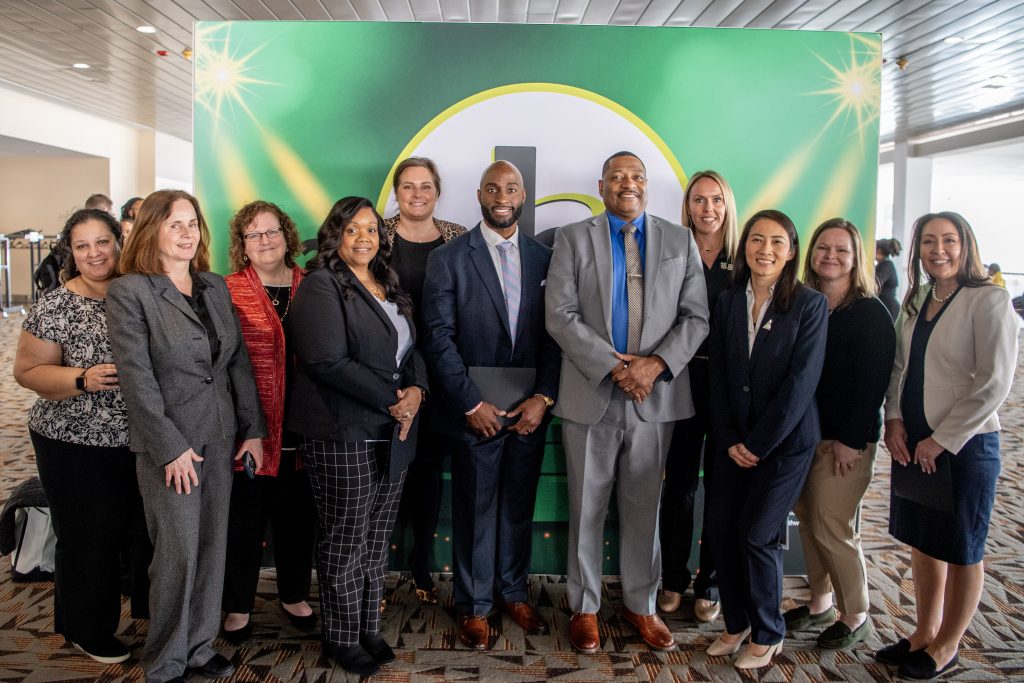DEVCOM Analysis Center ignited to collaboratively shape future capabilities
January 6, 2022
Through a feedback-driven, early experimentation process, the U.S. Army is mapping out how the analytic community can shape research, fill data voids and search for discoveries of ‘what could be.’
The Analysis and Experimentation Requirements Process, or AERP, was developed to create a roadmap for integrating analysis in experimentation. Emboldened by Army Futures Command initiatives of developing innovative approaches to operationalize science in support of rapid force modernization, the AERP is a collaborative product of the U.S. Army Combat Capabilities Development Command Analysis Center, known as DAC, and DEVCOM Army Research Laboratory, known as ARL. The step-by-step breakdown of the AERP codifies and operationalizes all foundational science research across the Army.
“The AERP is effective, efficient, consistent, and most importantly, repeatable. The results allow us to compare systems and determine readiness for experiments. This helps us answer: do we have the right information? Are we addressing the right learning demands? Are we prioritizing the right stuff?” John David “JD” DeVido, Branch Chief of DAC’s Warfighters & Futures Integration Division’s Modernization Integration Branch, explained.
Brainchild of DeVido and Leslie Kayanan, Ph.D., experimentation lead at ARL’s Advancing Concepts Office, the AERP was catalyzed by the Ignite Initiative, formerly known as Team Ignite.
The Ignite Initiative leverages teamwork to develop capabilities for the force of 2035 and beyond by establishing processes to spur scientifically-informed concepts and warfighter-informed science. Through Ignite, DAC and ARL inspire meaningful, productive conversations to ground the future-focused concepts in ‘the art of what’s possible.’ Ignite’s dialogue builds a common, mutually-reinforcing language while its systematic processes allow for iterative feedback to tweak and refine research and technology.
“The first step to solving any problem is getting people talking. We’re able to get the researchers, modelers, analysts, concept developers and users together to have discussions on what’s important and what key features we need to get right,” DeVido said. “At its crux, we’re trying to build relationships in DEVCOM and Army Futures Command as a whole.”
DAC and ARL also collaborate with the Futures and Concepts Center’s Fires Capabilities Development and Integration Directorate’s Fires Battle Lab. “Ignite members have been involved to the point where I consider them my own teammates. There’s mutual understanding and trust that’s developed over the past year,” said Maj. Michael Roscoe, chief of the Fires Battle Lab’s Experimentations and Wargaming Branch.
Trust is a key ingredient in successful collaborative learning environments, according to Ignite members. “Trusting relationships are our secret sauce. It’s important that we’re open to listening, to being creative, to thinking critically,” Kayanan said. “We carry the message that the scientists are here to help you, the analysts are here to help you, and what is it you really need? How can we unravel it or challenge it? How can we make it real? What are our obstacles, and how can we problem-solve together?”
AERP’s front end analysis is key to beginning to answer those questions. The AERP empowers analysts to examine now just what a capability does, but what is already known about it, why it’s needed, how to measure its contribution to battlefield outcomes, and what more the Army needs to learn about it.
The AERP coordinates a strategy of experimentation events and analytic approach, as well as synchronizes all stakeholder efforts to inform resourcing and requirements across time and future program planning. AERP products lay out in detail new methodology and necessary parametric studies needed in order to characterize the utility and efficacy of emerging capabilities, helping to inform key areas of research and pinpoint interdependencies.
According to DeVido and Kayanan, breaking down the research into measurable variables and developing the right questions to collect data accelerates the science to technology pipeline. Take the abstract concept of trust, for example. “How do we know the Soldiers can trust autonomous robots or swarming munitions to effectively complete a mission? How can we measure trust? We break it down, as part of operationalizing our science. We go to the Soldiers, ask specific questions about what will build trust, collect input and go from there,” Kayanan said.
In addition to qualitative data, DAC’s models, simulations and analytical tools break down these abstract concepts into quantitative performance measures that assess how a system will affect mission results. Data-driven evidence can then support decisions to meet modernization objectives.
By characterizing capabilities in a way that can be consumed by research, experimentation and analytic communities, the Ignite Initiative’s AERP has pushed ‘Science to Concepts’ collaboration toward analysis-integrated decision-making.
“With the AERP, we’re linking operationalized science to modernization priority decisions,” said DeVido. “It’s the AERP that ensures analysis is a key enabler to the fruits of Ignite.”
—
The DEVCOM Analysis Center is an element of the U.S. Army Combat Capabilities Development Command. DEVCOM is a major subordinate command of the U.S. Army Futures Command. Visit the DEVCOM website at https://www.army.mil/devcom.


